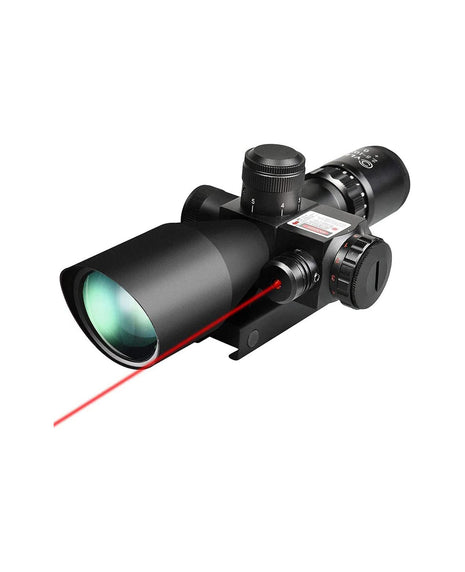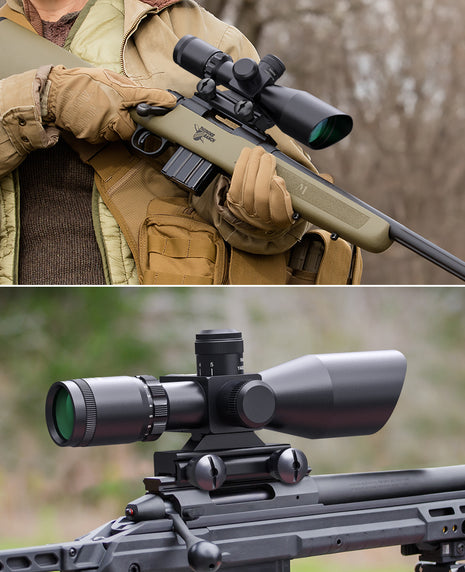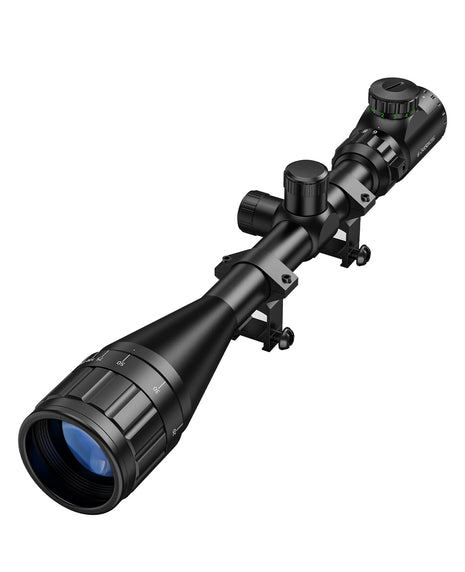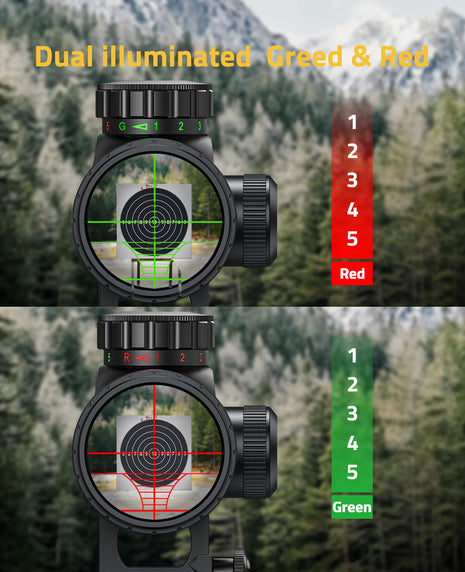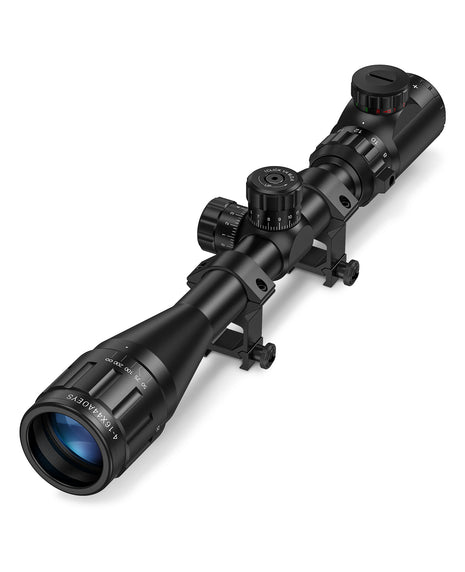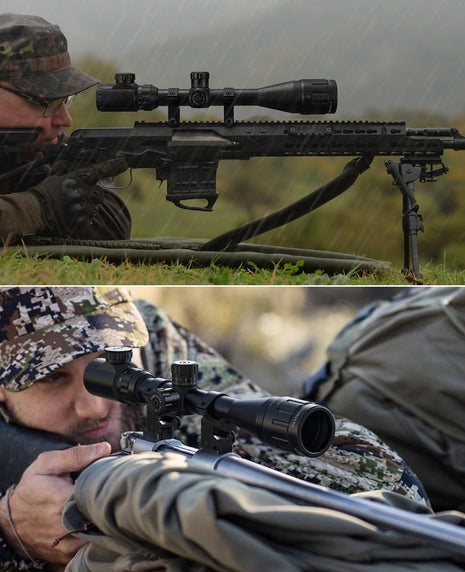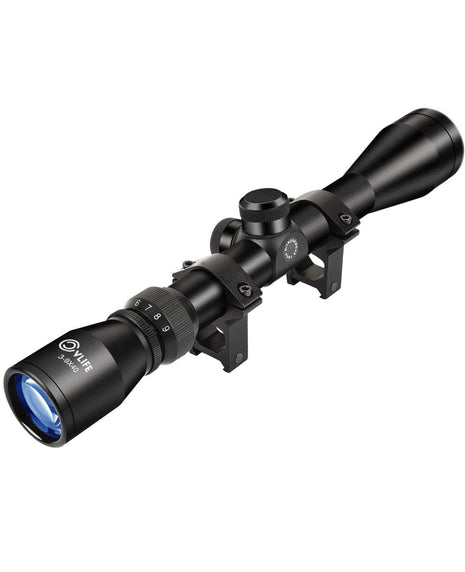Hunting in the untamed wilderness can offer an exhilarating adventure, yet it is accompanied by its own set of challenges. Whether you find yourself amidst dense forests, isolated mountain ranges, or expansive plains, mastering the art of wilderness navigation is indispensable for every hunter. This blog delves into the fundamental survival and hunting techniques that every hunter ought to acquire to ensure maximum safety, efficiency, and triumph in their endeavors.
Mastering the Basics of Navigation
Effective navigation is key to staying oriented in unfamiliar territory. Whether you're relying on traditional methods or modern technology, understanding how to read a map and use a compass will be indispensable when you're miles from civilization.
- Using a Compass: Learn how to align a map with a compass and calculate bearings to find your way in unfamiliar territory.
- Topographic Maps: Understand how to read and interpret topographic maps to navigate through different terrains.
- Natural Navigation: In case of equipment failure, use natural markers like the sun, stars, and vegetation to orient yourself.

Wildlife Tracking: Spotting and Following Game
Tracking is one of the most essential skills for any hunter. Being able to identify signs of wildlife and track game through forests or open fields is an art that takes practice. Here’s how to enhance your tracking abilities:
- Identifying Animal Tracks: Learning how to recognize and interpret the footprints of various animals is a vital skill for hunters. Each species leaves a unique impression, and by examining the size, shape, and depth of tracks, you can gain valuable insights into the animal's identity, size, and even its speed and direction of travel. For instance, the broad, padded prints of a bear will differ greatly from the narrow, claw-marked tracks of a cougar. By practicing track identification, you can refine your ability to follow an animal's trail and anticipate its movements.
- Reading Scat: Scat, or animal feces, can provide a wealth of information about an animal's diet and recent activities. By analyzing the contents of scat, you can deduce what an animal has been eating, which in turn can indicate its habitat preferences and overall health. Additionally, the freshness and location of scat can give clues about an animal's current whereabouts and its likely movements. For example, fresh scat near a water source might suggest that the animal visits there regularly, potentially revealing a predictable pattern in its behavior.
- Scrapes and Scent Marks: Animals often mark their territory through scrapes and scent marks, which can provide invaluable clues about their behavior and movement patterns. Scrapes, typically created by raking the ground with claws or hooves, serve as communication points where animals deposit scent to warn off intruders or attract mates. By observing the location and frequency of scrapes, you can gain a better understanding of an animal's home range and social dynamics. Similarly, scent marks, such as rubbing posts or urine deposits, can reveal the presence of specific individuals and their recent activities, helping you to predict their next steps and adjust your hunting strategy accordingly.
Fire Starting and Shelter Building
No hunter should venture into the wilderness without knowledge of fire starting and shelter building. These are critical survival skills that can make a difference between life and death.
- Fire Starting Techniques: Master various methods of starting a fire, such as using flint and steel, fire starters, and friction methods like a bow drill.
- Building Shelter: Learn to create shelters using materials found in nature to protect yourself from the elements.
- Water Collection: Understand how to locate and purify water sources to avoid dehydration.
First Aid and Emergency Response
In the wilderness, accidents can happen. Knowing basic first aid and how to respond to emergencies is essential for every hunter. Carry a well-stocked first aid kit, and be familiar with how to use it in remote settings.
- Wound Care: Learn how to treat cuts, scrapes, and more serious injuries using wilderness medicine techniques.
- Dealing with Hypothermia and Heat Exhaustion: Understand how to identify and treat heat exhaustion, frostbite, and hypothermia.
- Trauma Response: Know how to handle serious injuries until help can arrive, especially in remote locations.
Understanding Weather and Environmental Conditions
The wilderness can be unpredictable, and weather conditions can change rapidly. Successful hunters learn to anticipate weather changes and adapt their strategies accordingly.
- Reading the Sky: Learn to interpret cloud patterns, wind direction, and other natural signs to predict weather changes.
- Preparing for Sudden Storms: Understand how to prepare for and navigate through unexpected weather conditions like thunderstorms or snowstorms.
- Adapting to Temperature Extremes: Learn how to protect yourself from extreme cold or heat during your hunts.
Camouflage and Stealth Techniques
Stealth is one of the most valuable skills a hunter can have. By blending into the environment, you can get closer to your prey without being noticed.
- Camouflage Clothing: Choose the right clothing and gear that blend with your surroundings.
- Movement Techniques: Practice slow, deliberate movements to avoid detection by animals.
- Using Natural Cover: Learn to use trees, rocks, and other natural features to hide your presence while hunting.
Want to gear up for your next hunt? Visit CVLIFE for high-quality hunting gear and equipment.
We also offer worldwide shipping. Check out our global shipping page for more gears.


